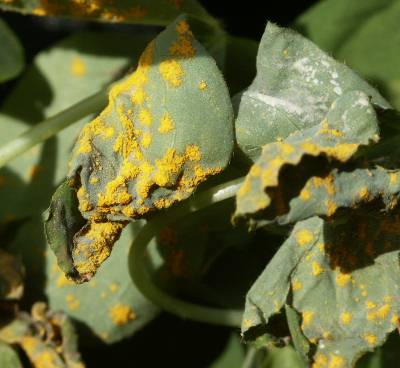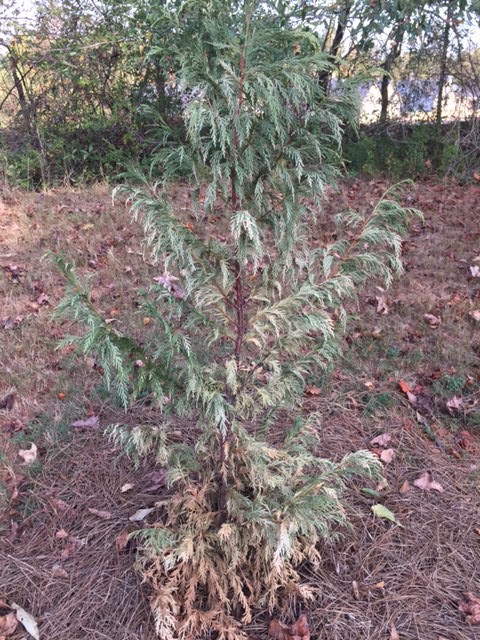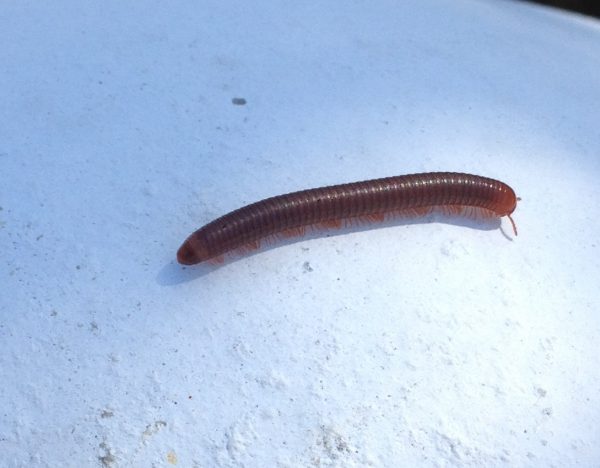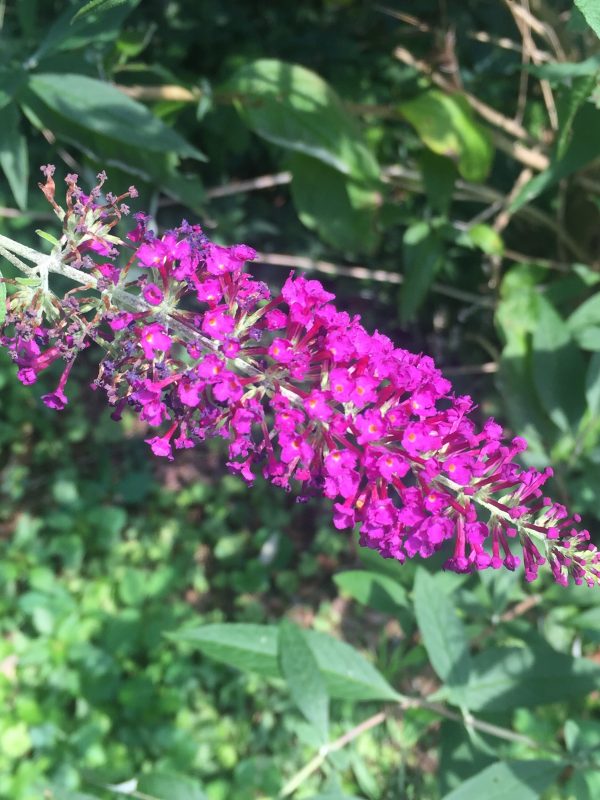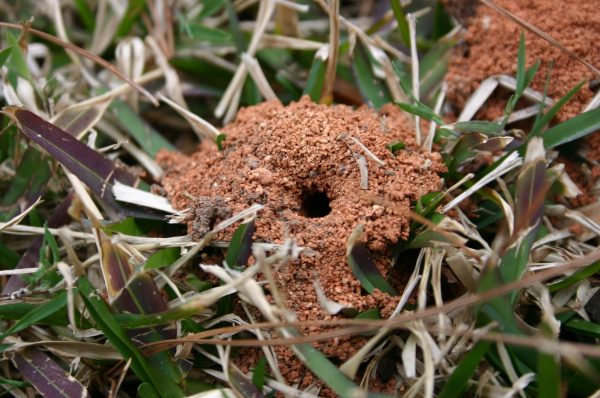Flowers for Drying

Harvest when the flowers are not fully open and in good condition. Don’t wait too long, because flowers too far along will not dry satisfactorily. Select flowers or seed pods that are as close to perfect looking as possible because flaws, such as insect damage, become more obvious once they are dried.
Pick your flowers in the late afternoon, after the heat of the day has passed and before the evening dew has set in. Using a sharp, clean tool, cut flowers close to the base of the plant (to keep stems as long as possible) and remove foliage from the stem to preserve the best color and shape. Group stems together in small bunches so the flower heads do not touch, secure with a rubber band or string and hang upside down in a warm, dry, dark area. Your garage, attic, spare room, garden shed or even a closet will do.
With good air circulation, flowers take 1 to 3 weeks to dry completely. Store dried flowers in an airtight container until ready to use. Dried plant material can be stored in cardboard boxes; however, plants are better protected from insects and rodents if they are stored in airtight containers.
Achillea spp. (Yarrow) – perennial
Asclepias (Butterfly Weed) – perennial, primarily for seed pods
Astilbe – perennial
Artemisia annua (Sweet Annie) – self seeding annual
Calendula (Pot Marigold) – annual
Celosia – annual
Centaurea cyanus (Bachelor’s Buttons) – annual
Echinacea (Purple Cone Flower) – perennial primarily for cones
Eryngium (Sea Holly) – perennial
Helichrysum (Straw Flower) – annual
Hydrangea- woody perennial
Gaillardia (Blanket Flower) – annual
Echinops (Globe Thistle) – perennial
Gomphrena- annual
Physalis alkekengi (Chinese lantern)
Grains (Oats, Wheat, Millet)
Ornamental Grasses
Gypsophila (baby’s breath) – perennial
Limonium (statice) – annual
Lunaria annua (Money Plant, Honesty) – annual
Nigella damascena (Love in a mist) – annual, primarily for seed pods
Rudbeckia (Black Eyed Susan) – perennial, primarily for cones
Solidago (Goldenrod) – perennial



